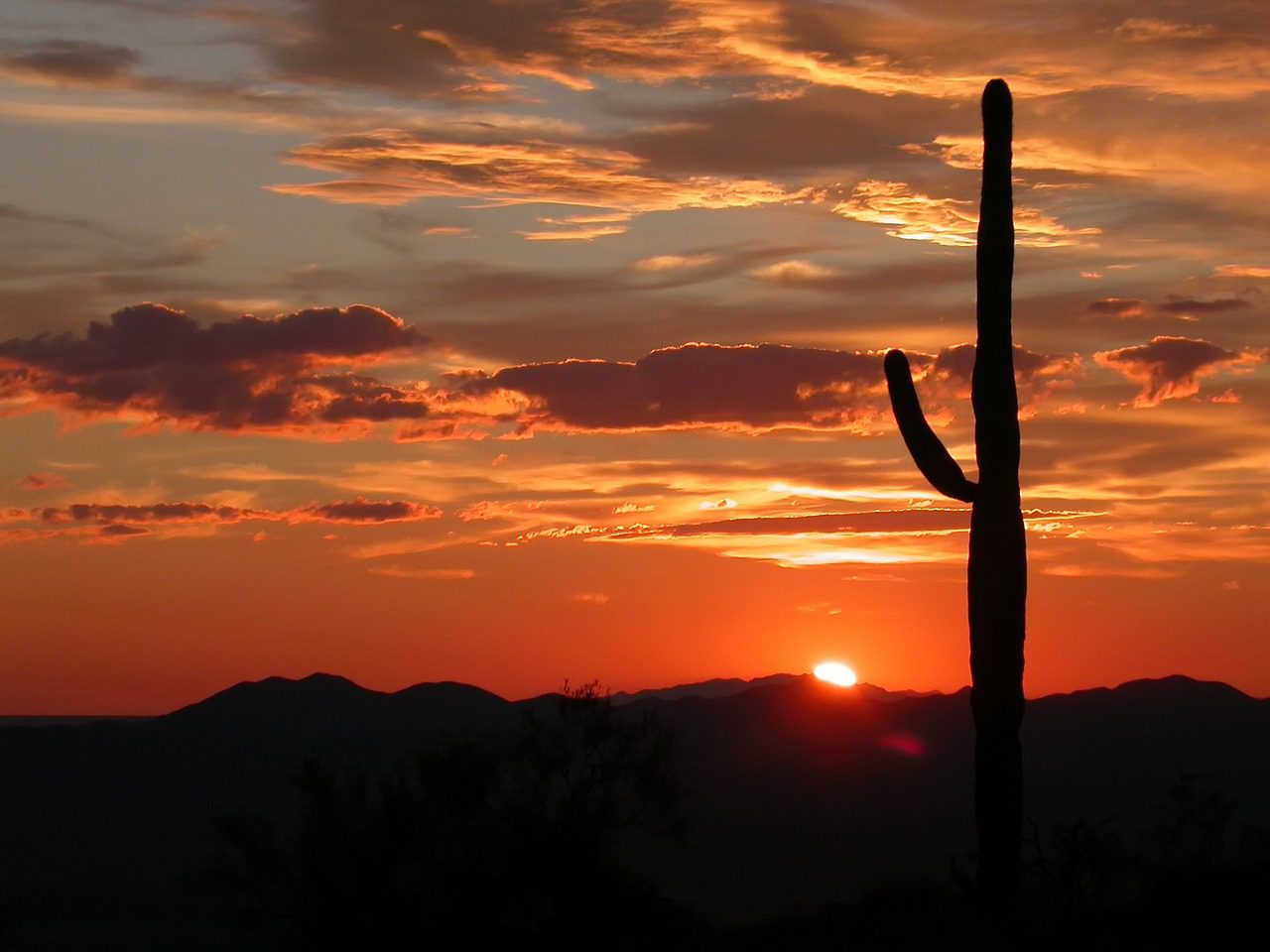- National Weather Service predicts strong La Niña conditions.
- Drier-than-normal months expected in the Southwest.
- Drought Interagency Coordinating Group recommends continuing Drought Emergency Declaration.
- Arizona has had a Drought Emergency Declaration since 1999.
- Despite recent wet years, La Niña could bring below-average water years and warmer temperatures.
May 24, 2024 — A report issued by the Arizona Department of Water Resources yesterday suggests that the Southwest may face a dry spell after two consecutive seasons of abundant moisture, including a near-record 2022-2023 winter snowpack. The National Weather Service’s lead forecaster, Mark O’Malley, warns of a strong “La Niña” condition in the eastern Pacific Ocean, signaling drier months ahead and marking the end of “the snowpack party,” as characterized by the Department of Water Resources.
yesterday suggests that the Southwest may face a dry spell after two consecutive seasons of abundant moisture, including a near-record 2022-2023 winter snowpack. The National Weather Service’s lead forecaster, Mark O’Malley, warns of a strong “La Niña” condition in the eastern Pacific Ocean, signaling drier months ahead and marking the end of “the snowpack party,” as characterized by the Department of Water Resources.
Drought Declaration Recommended.
O’Malley presented his findings at a Drought Interagency Coordinating Group (ICG) meeting, an advisory body to the Governor on Arizona. The ICG, comprising state, federal, and non-governmental organizations, meets biannually to assess drought conditions and make recommendations. Given the La Niña forecast, they have unanimously recommended continuing Arizona’s Drought Emergency Declaration, which has been in effect since 1999.
O’Malley expressed confidence in the model projections, stating , “We’re seeing fairly good agreement in models. Normally we see uncertainty. We see that July, August, and September will be dipping into La Niña, and in the fall, we’ll be falling into a full La Niña state.” He further noted an “80 percent chance of a full La Niña in 2024-2025 Winter,” with the odds favoring above-normal temperatures.
, “We’re seeing fairly good agreement in models. Normally we see uncertainty. We see that July, August, and September will be dipping into La Niña, and in the fall, we’ll be falling into a full La Niña state.” He further noted an “80 percent chance of a full La Niña in 2024-2025 Winter,” with the odds favoring above-normal temperatures.

 s
sHot Summer Ahead.
The Phoenix area has a 60 percent chance of above-normal temperatures this summer, a trend observed across the south-central part of the state. O’Malley said, “Last summer was quite warm, and there is no sign of this slowing down anytime soon.”
Silver Lining.
While the overall outlook is concerning, there is a silver lining. Arizona can expect a “fairly average monsoon” in terms of rainfall. However, a La Niña winter typically results in below-average water years and warmer temperatures, raising concerns about the region’s long-term water security.


Leave a Reply